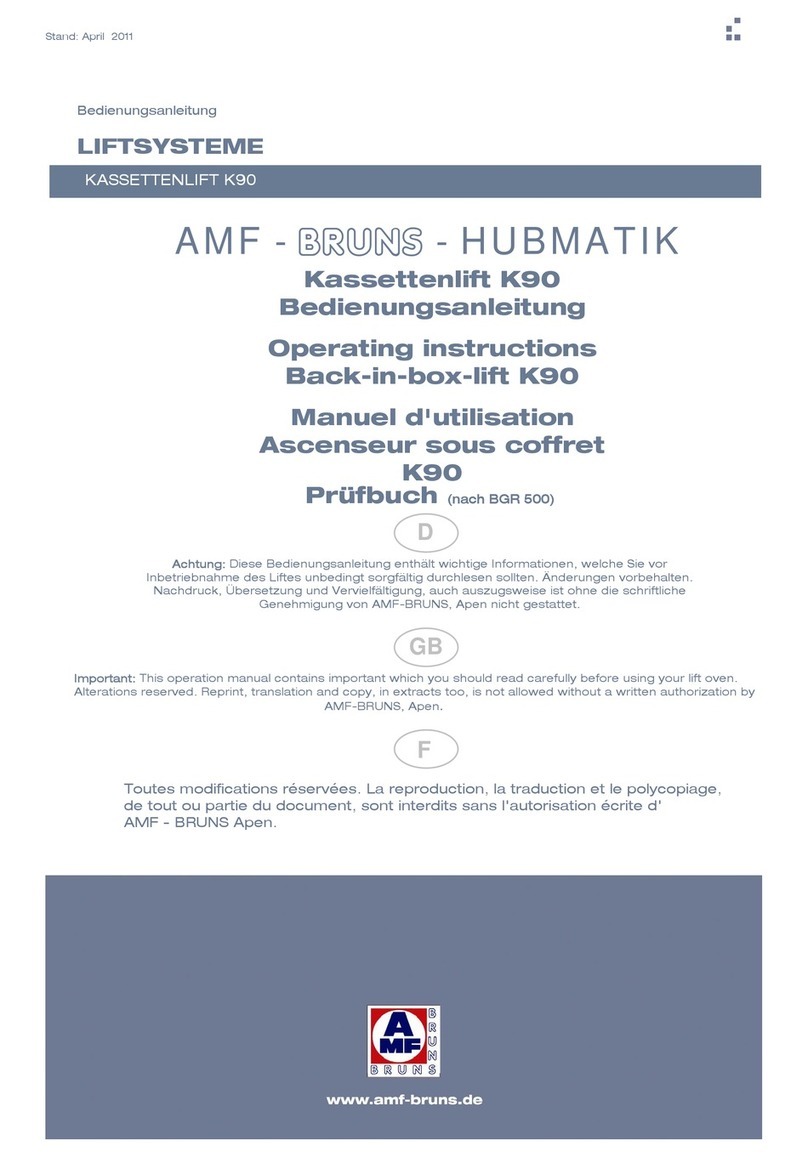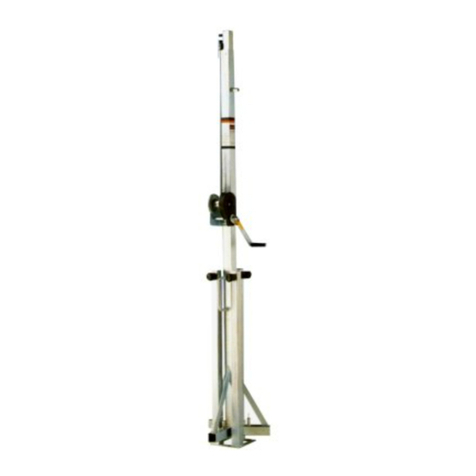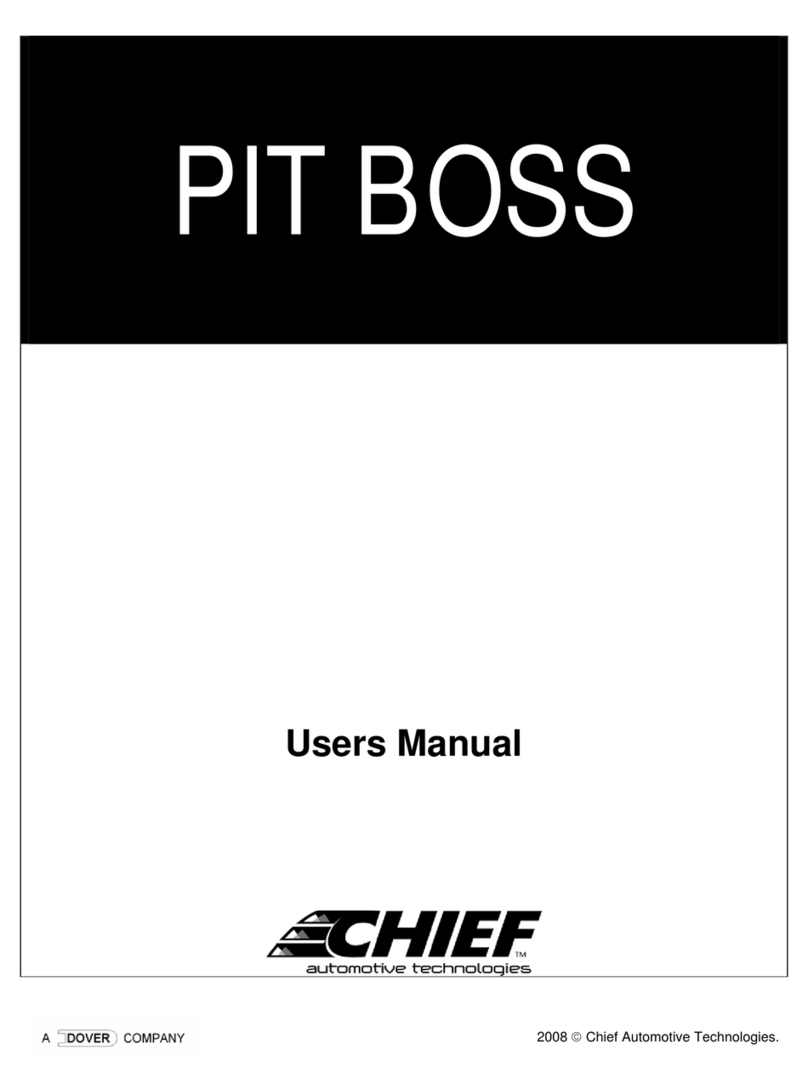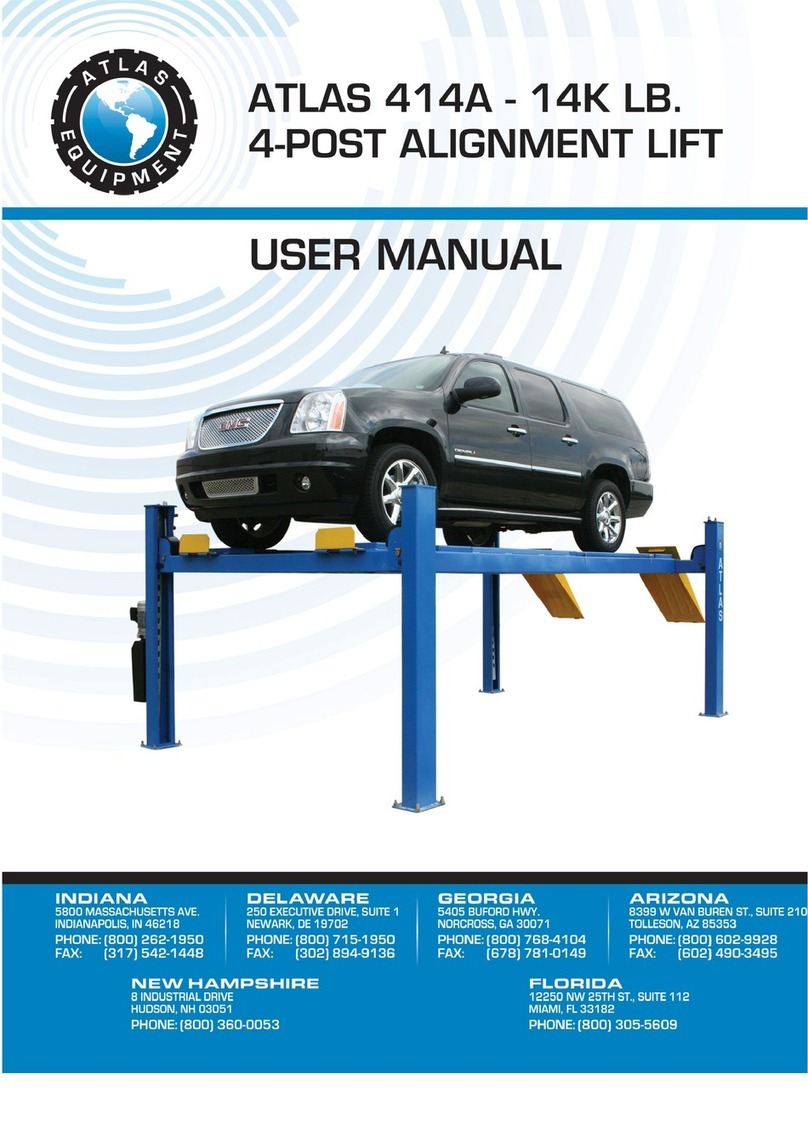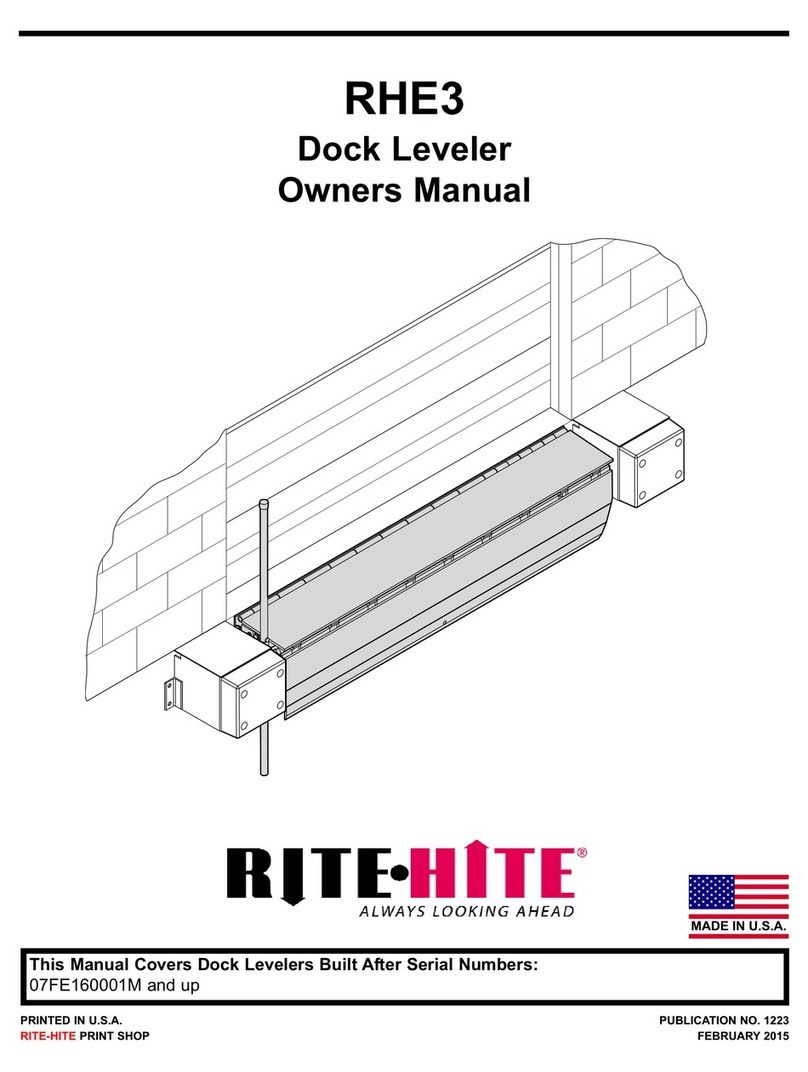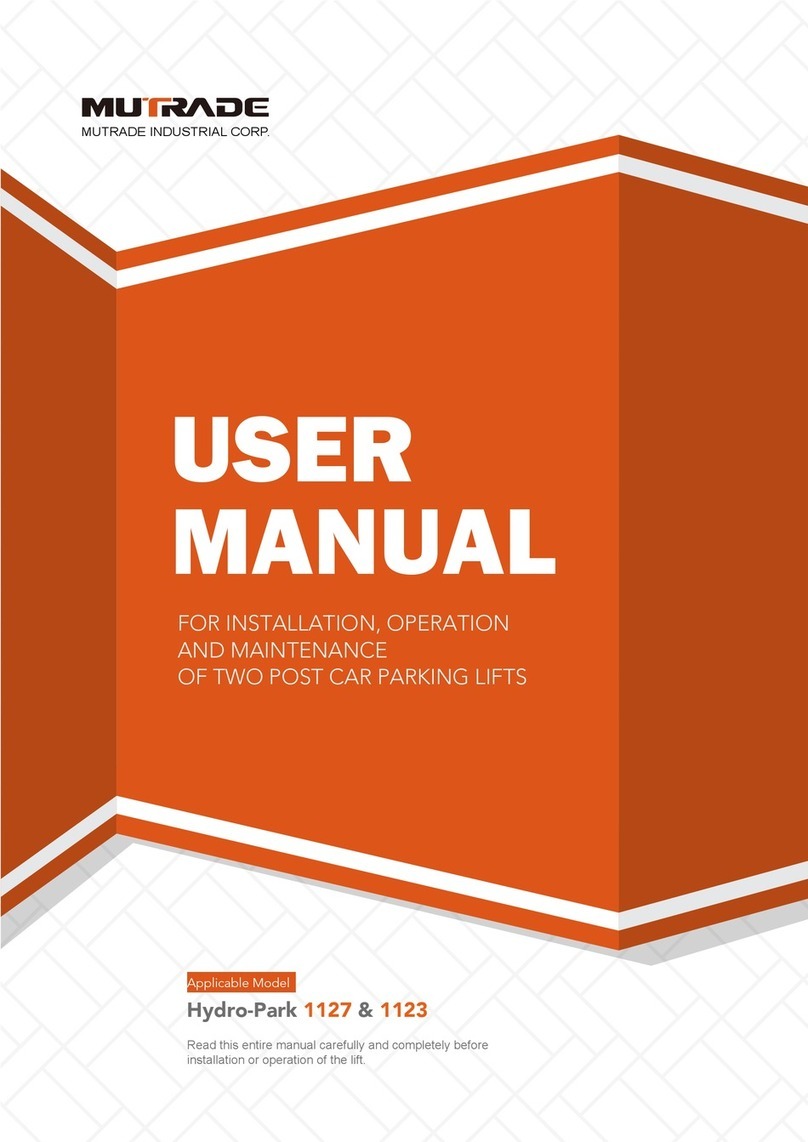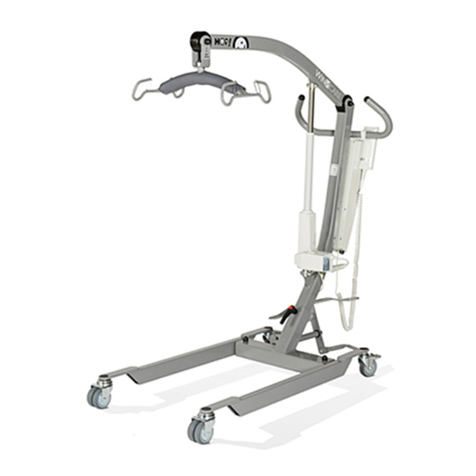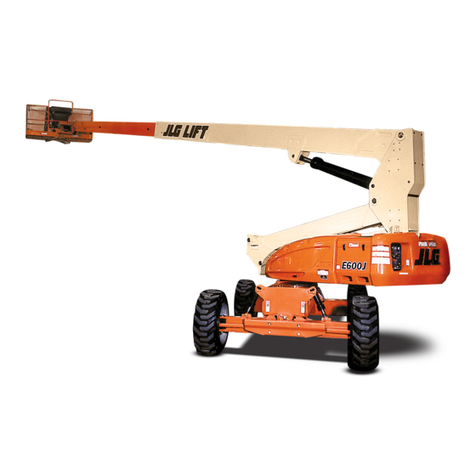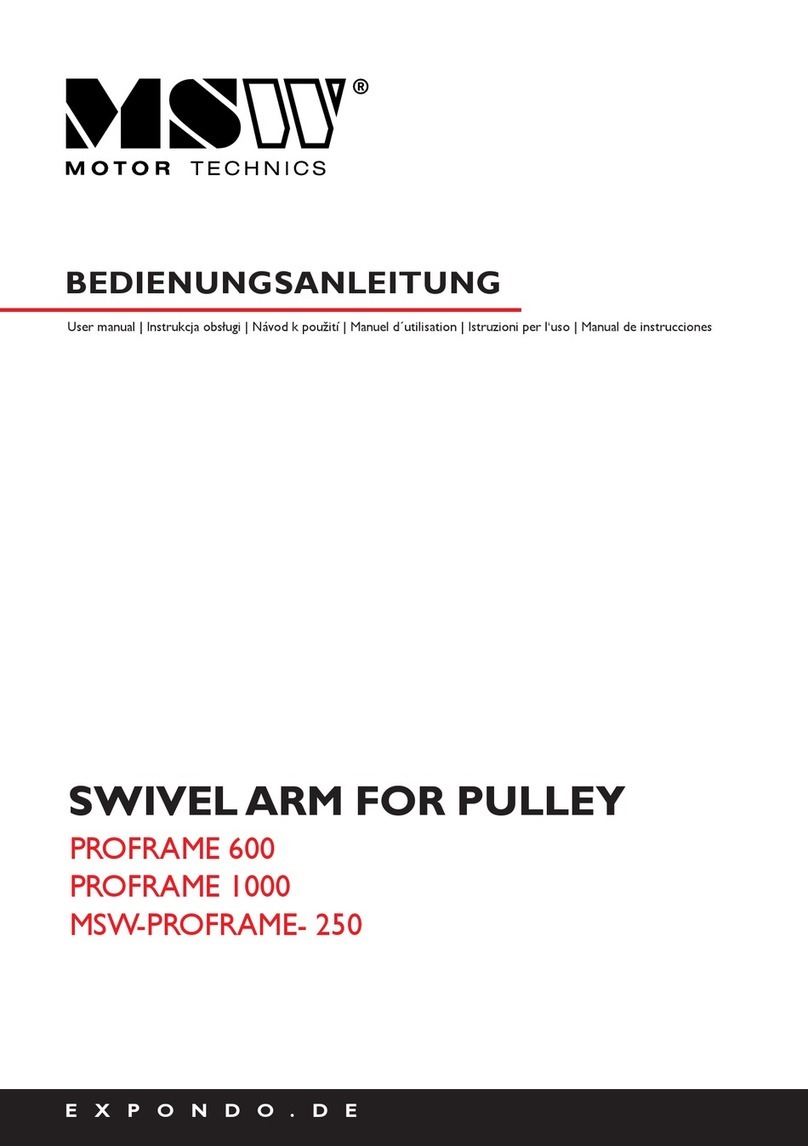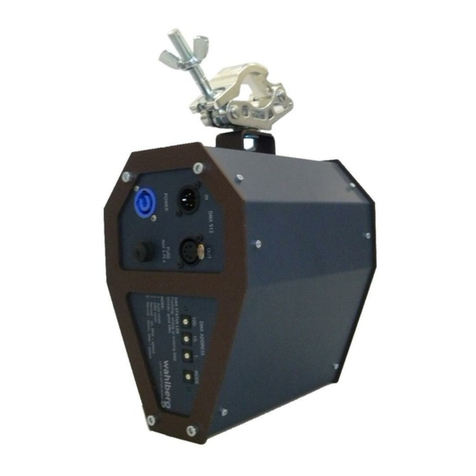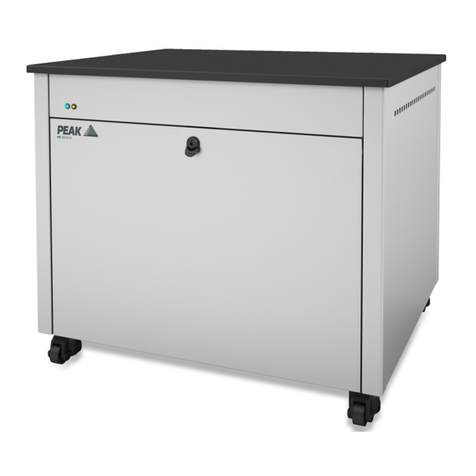Solmetric Module Lift User manual

Module Lift Instructions
Thank you for purchasing the Solmetric Module Lift. Please read the following instructions and safety
warnings before using. The following parts are included with your Module Lift kit:
•Pulley Assembly
•Rope (60 or 80 foot long)
•Module Handle assembly
•3 Ramps
•Canvas Carrying Bag
Introduction
The Solmetric Module Lift is designed to help you safely and quickly transport a solar PV module on
to a roof. The system uses your existing Werner or Louisville fiberglass extension ladder.
The Pulley Assembly is attached to the top of the ladder and includes a Brake that prevents the
module from sliding back down the ladder. The Module Handle, which includes two “Hook” shaped
features, engages the edge of a PV module frame. “Teeth” in the Hook slots minimize lateral sliding
of the module in the slots.
The Module Lift is intended to be used by two operators. An operator at the bottom engages the
Hooks with a single module and pulls the Rope to raise the module. An operator at the top removes
the module from the Hooks and releases the Brake to allow the Module Handle to slide back down
the ladder. The Module Handle is weighted to ease in the lowering.
The module slides along the outer-facing surface of the ladder rails. "Ramps" allow the module to
slide over obstructions along the outer surface such as the step between ladder sections, protruding
ladder guide brackets, and rafter straps.
In this document, a Warning identifies hazardous conditions and procedures that are dangerous to
the user and could lead to property damage, injury, or death.
Warning: The Module Lift is compatible only with Werner
and Louisville fiberglass extension ladders. Other ladders are
not approved for use with the Module Lift and may cause
damage, injury, or death. Do not use the Module Lift with
aluminum ladders.

Setup
1. Inspect the Module Lift components to verify
they are still safe to use. Verify:
•Rope is not cut or frayed.
•Module Handle is not bent or bowed and
hooks are not bent, worn, or broken.
•Teeth (screw threads) inside Hook slots are
not worn or contaminated with debris.
•Ramps are not cracked, broken, or worn.
•Chain couplers are tight.
•Brake prevents Handle from lowering
without lifting the Brake handle.
2. Set up the ladder.
•Use the proper lean angle (4:1 angle or 75o
relative to the ground). Ladder must be plumb
side-to-side.
•Extend ladder 3 rungs above the roof edge for
a one-story building, and 5 rungs above for a
two-or-more story building.
•Secure the top of the ladder to the eave using
ladder straps.
3. Hang the Pulley Assembly on the top rung of
the ladder.
•The Rope must be threaded around the
Pulley so that the loose end is exiting on the
right side.
•The Rope and
Module. Handle
should be on the
outside of the ladder
(i.e. the side facing
away from the
building).
•Secure the Elastic
Toggle around the top
rung to hold the Pully
in place.
4. Hang ramp for ladder
straps.
If ladder straps are
around the rails, hang a
Ramp on the rung just
above the ladder straps.
This ramp can be
eliminated if the ladder
straps attach to a rung
rather than the rails.
Warning: Do not use the Module Lift if any
components are damaged or not safe to use.
Warning: If the angle of the ladder is not
correct, or the top of the ladder is not secured
to the eave, the ladder may tip back when the
rope is pulled causing damage, injury, or death.
Warning: Ramp must be positioned so that
when a module slides up the rails of the
ladder, it will not make contact with a ladder
strap.

5. Hang ramp above guide brackets.
•Hang a second Ramp on the rung just above the ladder
guide brackets (typically at the top of the lower ladder
section).
•Do not hang the ramp below the bracket.
6. Hang Ramp below step between sections.
Hang a third Ramp on the rung just below the step between
ladder sections (typically at the bottom of the upper ladder
section).
Raising Modules to Roof
1. Attach module.
The operator at the bottom of the ladder attaches the Module Handle in the middle of the long side of a
single module with the module in landscape orientation.
•The module glass must be facing the ladder.
•The thin edge of the module frame engages in the two Slots of the Hooks.
•Have some tension on the Rope to hold Hooks in place.
•Visually verify that the module frame is fully seated in the Hook Slots by looking through the opening.
Warning: Do not drop the Ramps from the ladder because they may break.
Warning: Do not operate near energized equipment or power lines.
Warning: Ramp must be positioned so that when a module slides
up the rails of the ladder, it will not make contact with the
bracket.
Warning: Do not hang the ramp on the bottom rung of the upper
ladder section or the module may get hung up on the ramp and
could become dislodged from the Module Handle and fall.

2. Raise Module.
The operator at the bottom then pulls the Rope to raise the
module.
•The operator at the bottom should stand within one step from
the base of the ladder.
•The rope should be pulled down, not out from the ladder,
otherwise the ladder could be pulled away from the building
and fall on the operator.
•Wear gloves and a hard hat.
•Stop pulling when the top of the module is just above, the
roof line so that there is slack in the rope below the pully.
3. Remove Module.
Wearing proper fall protection, the operator at
the top removes the module from the Hooks by
either directly lifting the module and allowing
the Hooks to slip off, or by first lifting the
Module Handle with one hand and then lifting
the module with the other.
4. Release Break.
The operator at the top
releases the brake to
lower the Module
Handle back down to
the bottom of the
ladder
Warning: Do not operate the Module Lift in windy conditions or the module may be lifted off the ladder
causing property damage, injury, or death.
Warning: Do not stand under the ladder or at the base of the ladder when a module is being raised, unless
you are the one raising it.
Warning: Do not place your foot or any part of your body on the ladder while pulling a module up. If for
some reason the module were to slide down uncontrollably, injury or death may occur.
Warning: Do not climb ladder when ramps are in place.

Lowering Modules to Ground
The process above for raising modules to the roof can be reversed to lower modules from the roof to the
ground (e.g. during an un-install).
1. Attach Module.
The operator at the top secures the module to
the Module Handle and, holding the Module
Handle, positions module on ladder rails.
2. Release Break.
The operator at the top verifies that the
operator at the bottom is ready with a good grip
on the rope and then releases the brake.
3. Lower Module
The operator on the bottom lowers the module
by slowly letting out the Rope while the operator
at the top holds the brake fully released.
4. Remove Module.
The operator at the bottom removes the
module from the Hooks.
5. Raise Handle.
The operator at the bottom pulls the rope to raise the empty Module Handle back up to the top. Getting
the handle past a step between ladder sections may require pulling the rope quickly to “jump the gap”
between the ramp and the next ladder section and avoid hanging up.
Warning: Do not use the brake to lower the module because it is difficult to control the rate of decent, and
also it will wear out the brake and/or the rope.
Warning: Good communication between the operator at the top and the operator at the bottom is critical
to coordinate the lowering of the module and avoid an un-controlled slide of the module.
Warning: When lowering a module it is critical that the module not become hung up as it is sliding down,
otherwise tension in the rope may be lost and the module may become disengaged from the Module
Handle. Ensure proper ramp positioning.

Disassembly
Disassemble the system in the reverse order of setup, starting by removing the lowest Ramp and working
up. Lower the Pully Assembly by the rope so you don’t have to carry it down the ladder. Do not drop any
parts.
For questions, contact our technical support department at:
support@solmetric.com or (707) 823-4600.
Expert Tools. Better Solar.
www.solmetric.com
Popular Lifting System manuals by other brands

Screen Technics
Screen Technics INTERFIT Vertical Up Lift instructions

stertil-KONI
stertil-KONI Freedomlift SK 2055 Installation and service manual

morse
morse 400A-60-117 Operator's manual
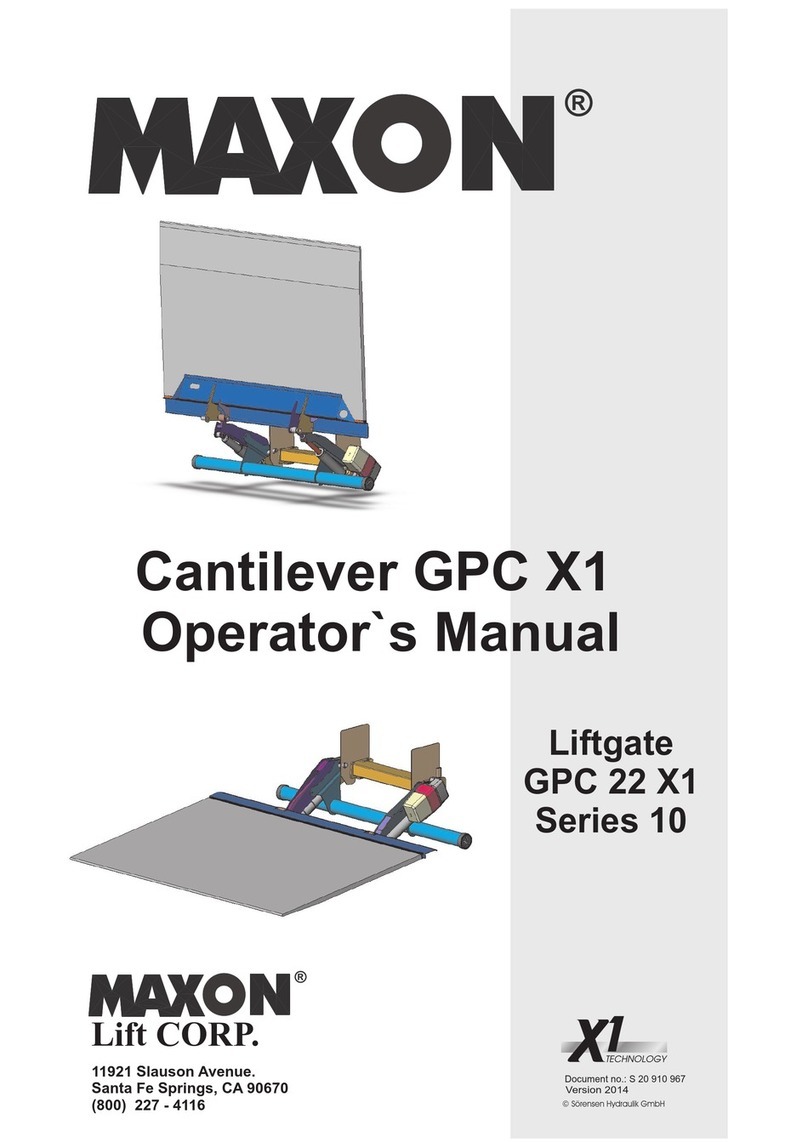
Maxon
Maxon GPC 22 X1 10 Series Operator's manual
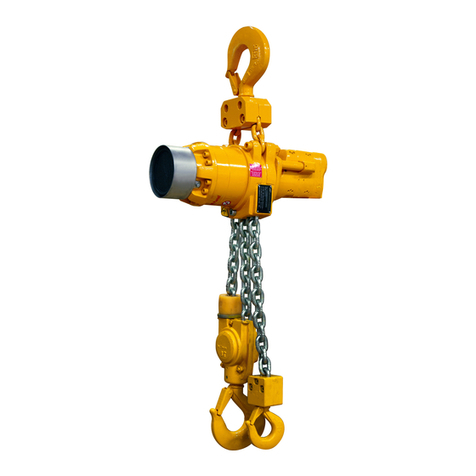
Ingersoll-Rand
Ingersoll-Rand LC2A015SM instructions
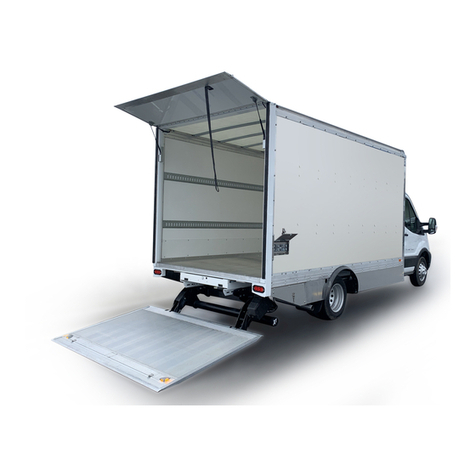
Maxon
Maxon GPC 22 X1 installation manual
